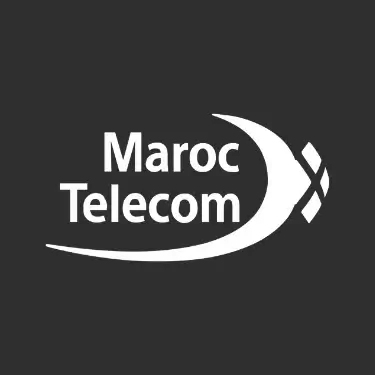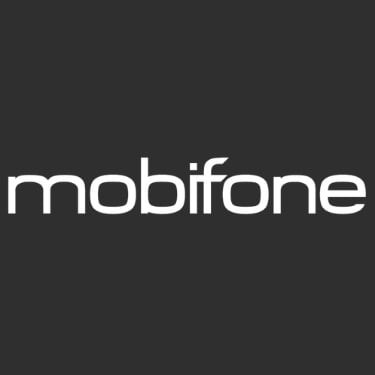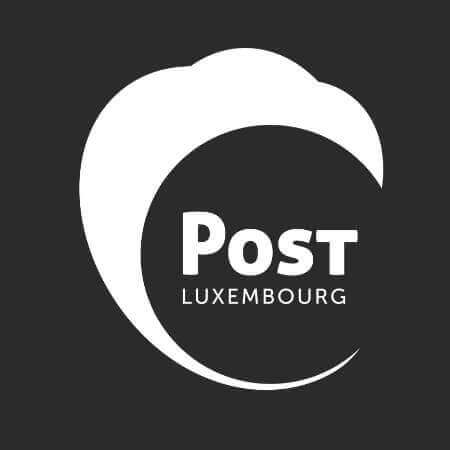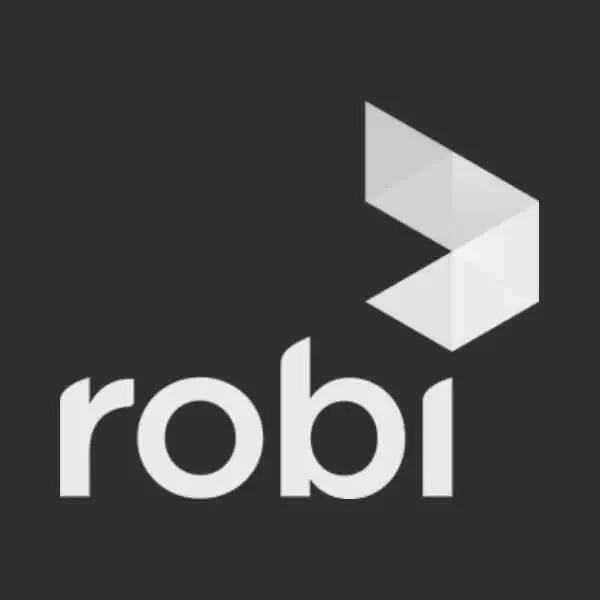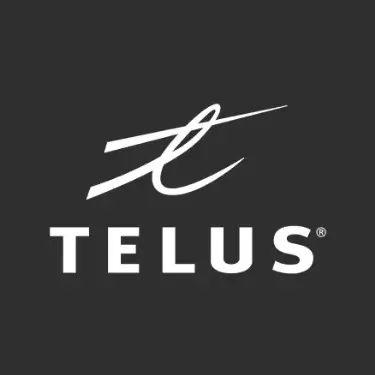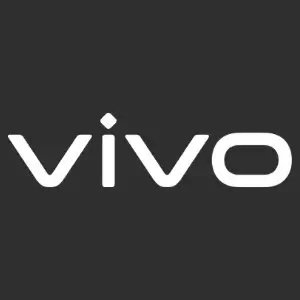Published on October 26 2023, the Gartner® report "Emerging Tech: Revenue Opportunity Projection of
Spatial Computing" recognizes Intersec as a key vendor.
What does “spatial computing” mean?
Spatial computing leverages technologies like localization and mapping (SLAM), location-based services (LBS), and digital twins to blend the digital and physical worlds, allowing users to engage with computer-generated content more intuitively, improve citizen services, enhance user experiences, and more.
A fast-growing market driven by location-based services (LBS)
The market for spatial computing is expected to grow exponentially and reach unprecedented heights according to market analysts. According to this report, the global spatial computing market size reached USD 101 billion in 2023 and is expected to hit around USD 705.15 billion by 2033, poised for a CAGR growth of 21.50% from 2024 to 2033. The Gartner report – reserved for Gartner clients – indicates even faster growth, projecting trillions of dollars in revenue.
“The growing demand for location-based services, navigation assistance, and location-based marketing has driven the adoption of spatial computing technologies” according to the report.
The role of telco positioning in spatial computing
Driven by the expansion of advanced location-based services (LBS), the market for spatial computing sees telcos playing a pivotal role. Indeed, geolocation at scale is a game-changer in fulfilling the escalating need for spatial computing, with telcos possessing terabytes of mobility data every second. This wealth of information becomes the cornerstone for feeding into digital twins. Plus, telecom operators are recognized as trusted partners with strong digital ethics and data governance policies: by leveraging metadata – not the content of the data itself – they protect customer, employee, and citizen data privacy.
By harnessing the Intersec advanced geolocation engine, telecoms can create a real-time digital twin of their subscriber base on a large scale while respecting privacy through the use of metadata. Such coverage allows them to provide an excellent, trustworthy, and cookie-free partner to contribute to citizens' safety, understand people's behavior better, and make smarter decisions in privacy-compliant ways.
AI & 5G SA: market accelerators
The integration of generative AI further enhances their ability to analyze and interpret complex spatial insights, allowing for more sophisticated predictive capabilities and opening up new opportunities for innovation and growth in B2B and B2G industries: “Immediate spatial computing use cases can be found in telecommunications, hospitality and leisure, engineering and construction, industrial manufacturing, automotive, consumer markets, and aerospace, defense, and security”, according to PwC.
5G standalone (5G SA) and its cloud-native core make telco solutions more appealing to enterprises than ever before. 5G SA can have an even greater impact when operators leverage advanced technologies like beamforming, multi-cell round-trip time (RTT), and millimeter waves to locate devices more accurately. CSPs are beginning to implement many promising IoT use cases that rely on 5G and geolocation: connected factories, insurance telematics, connected drones…
 Intersec recognized in Gartner® Emerging Tech: Spatial Computing" />
Intersec recognized in Gartner® Emerging Tech: Spatial Computing" />

.jpg)






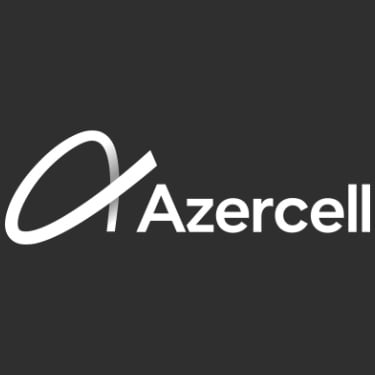


.webp)


.webp)

